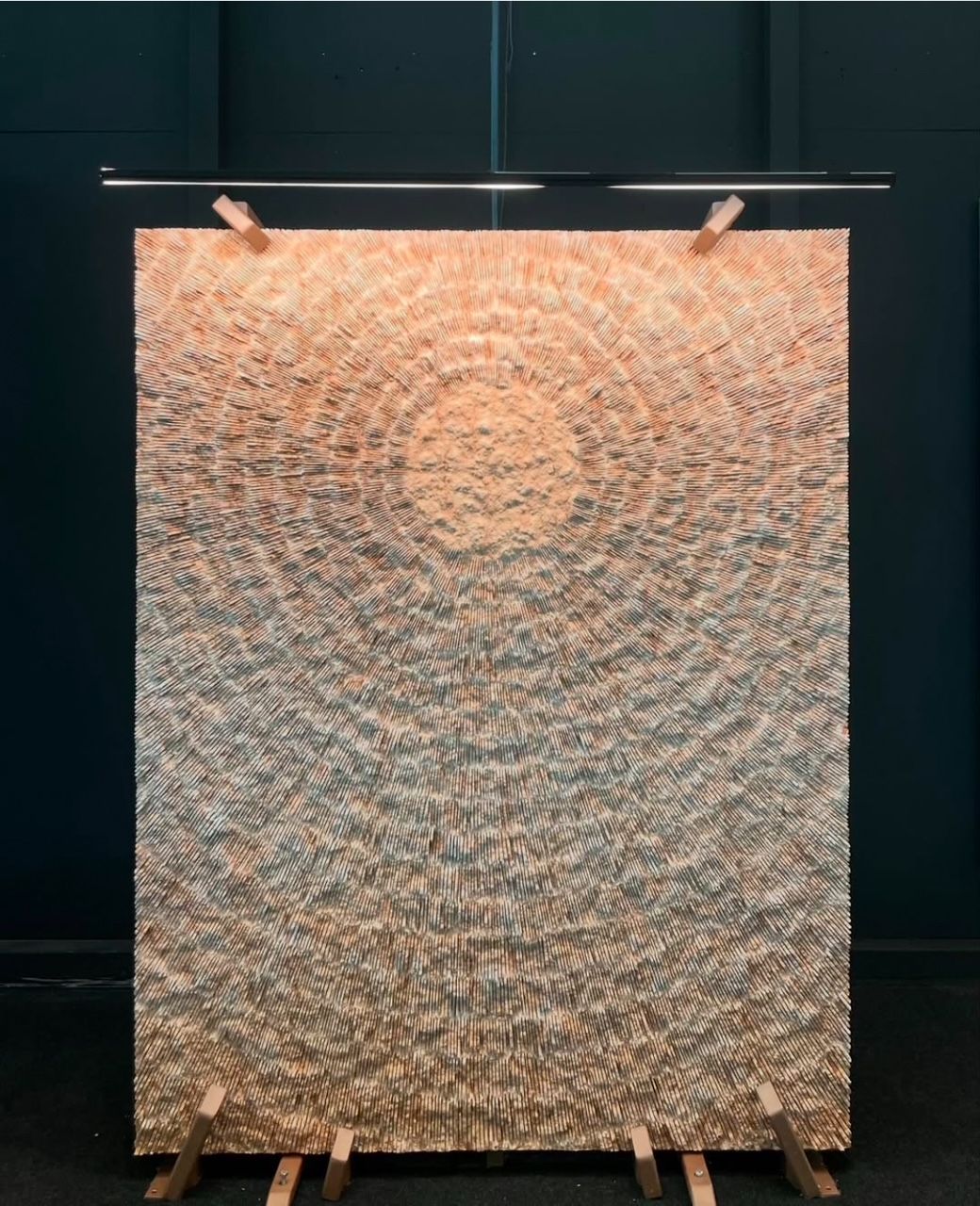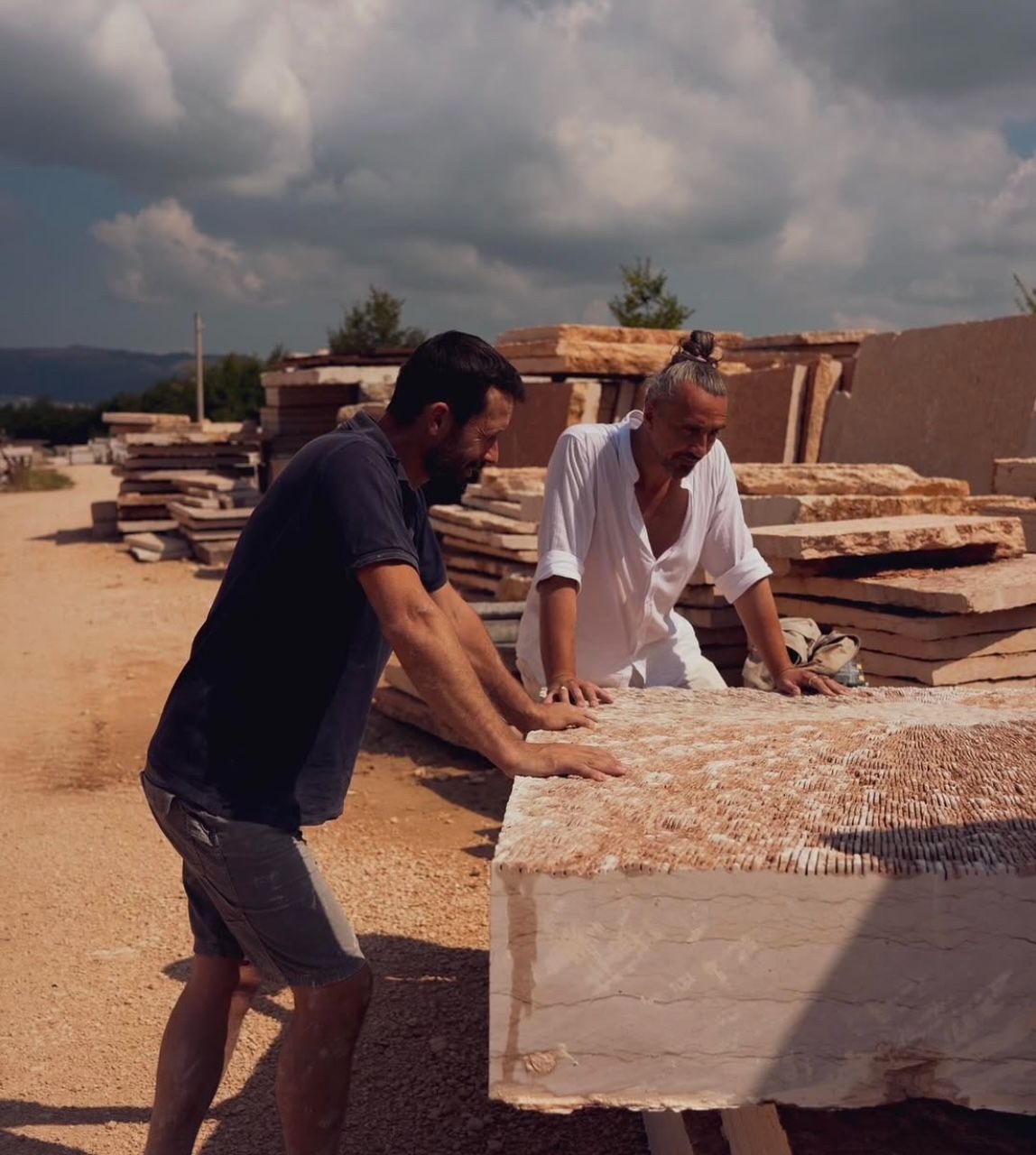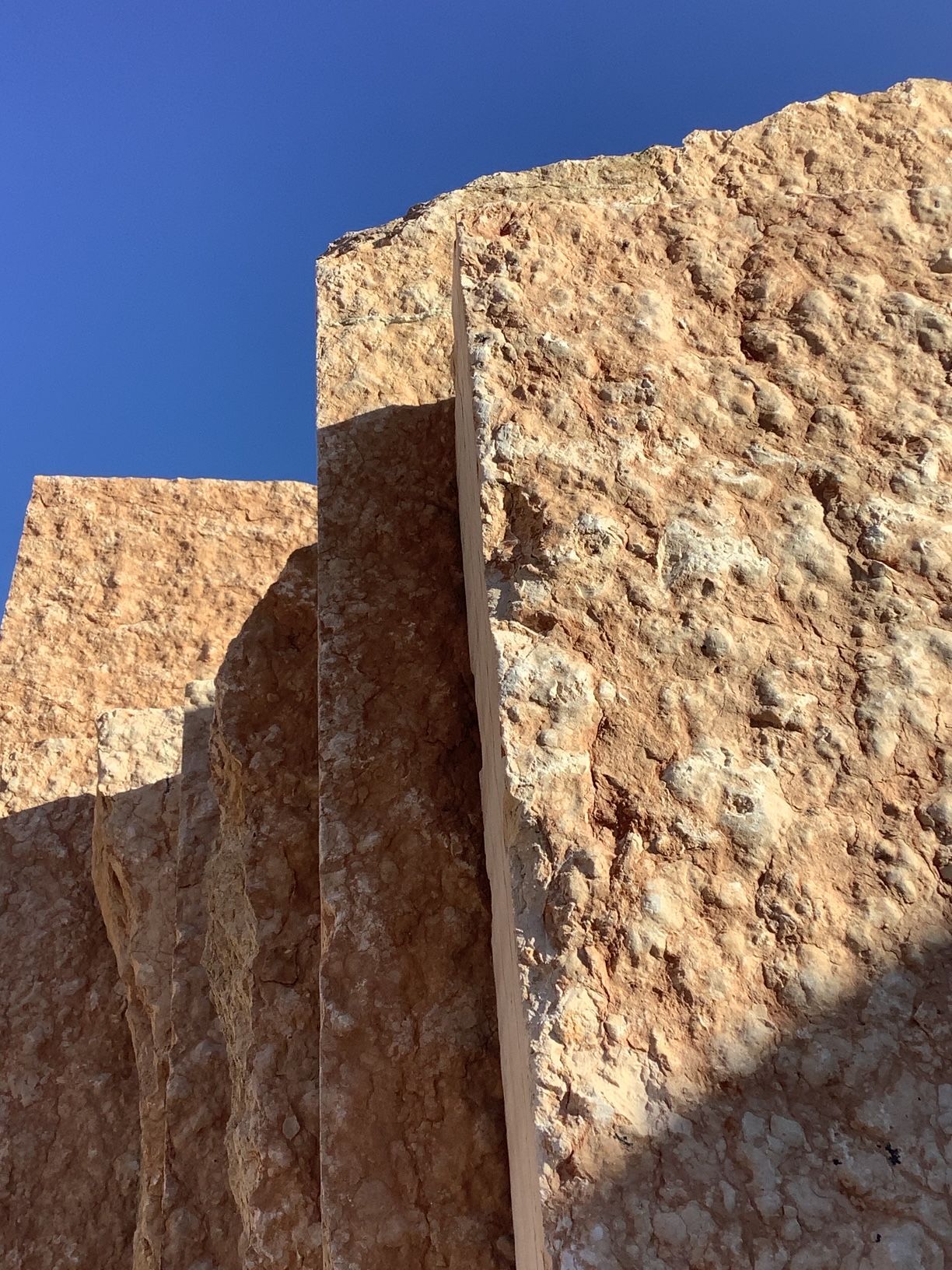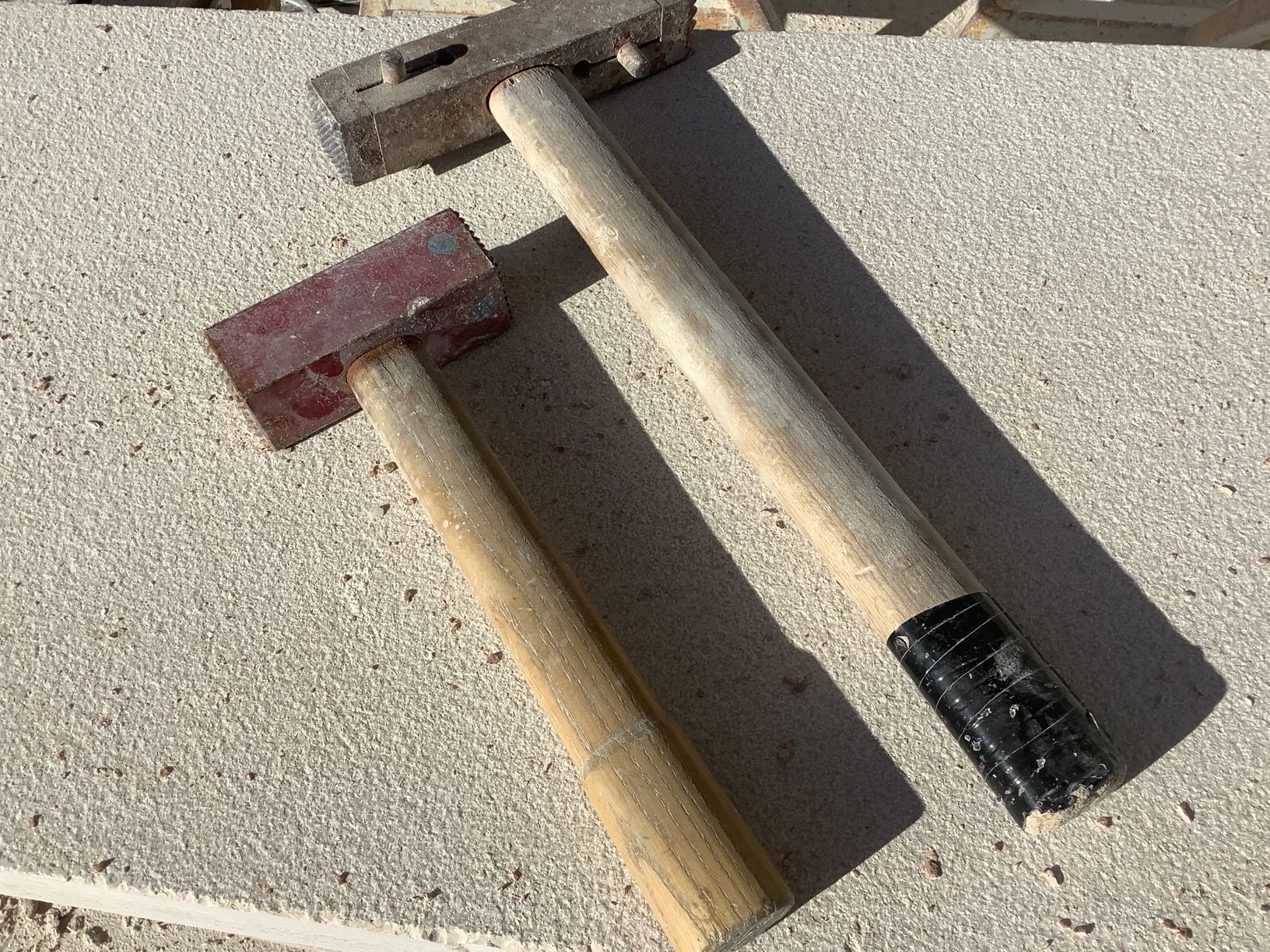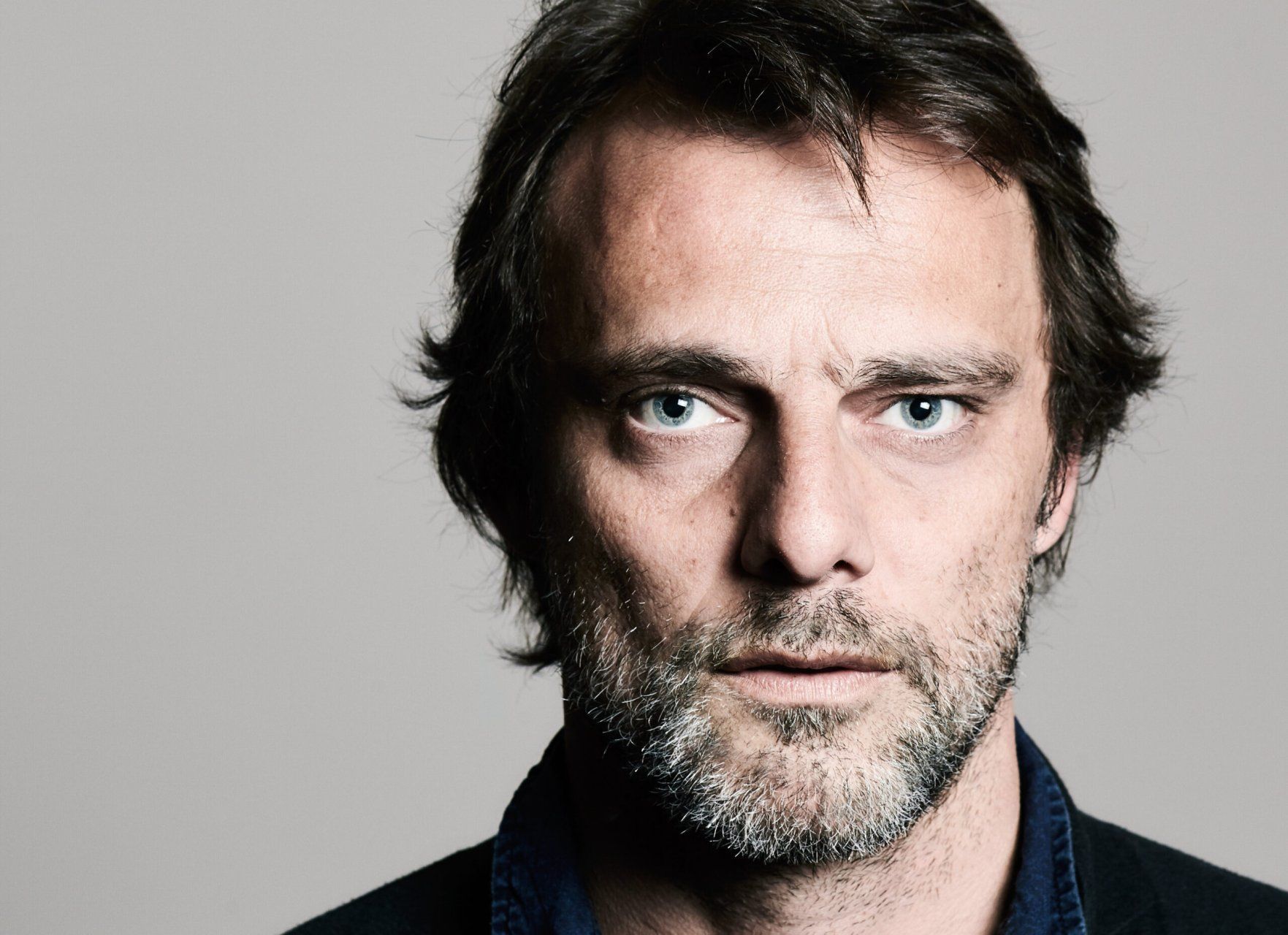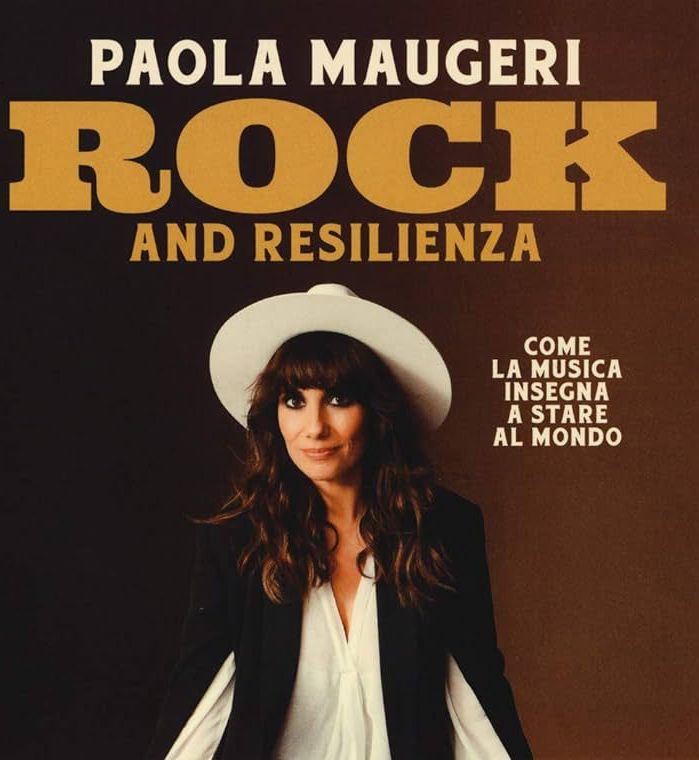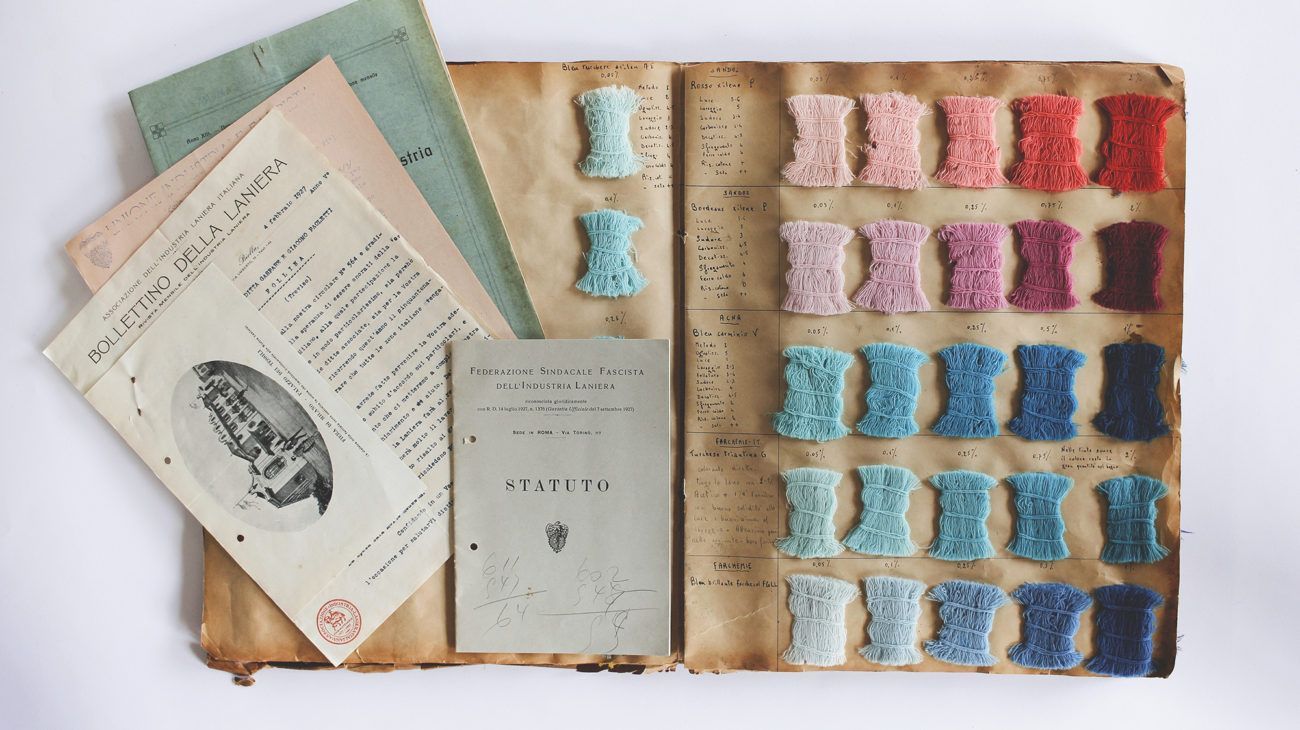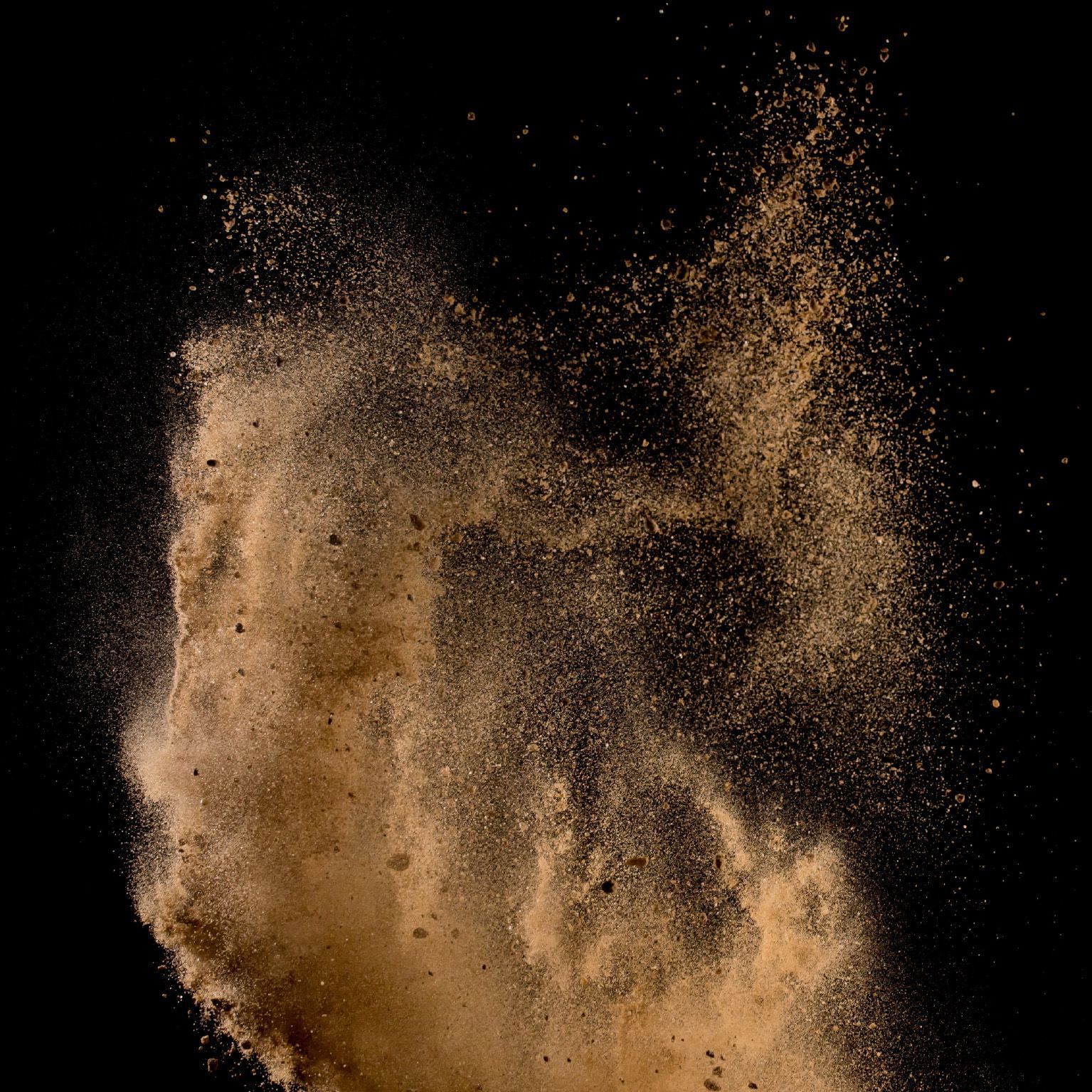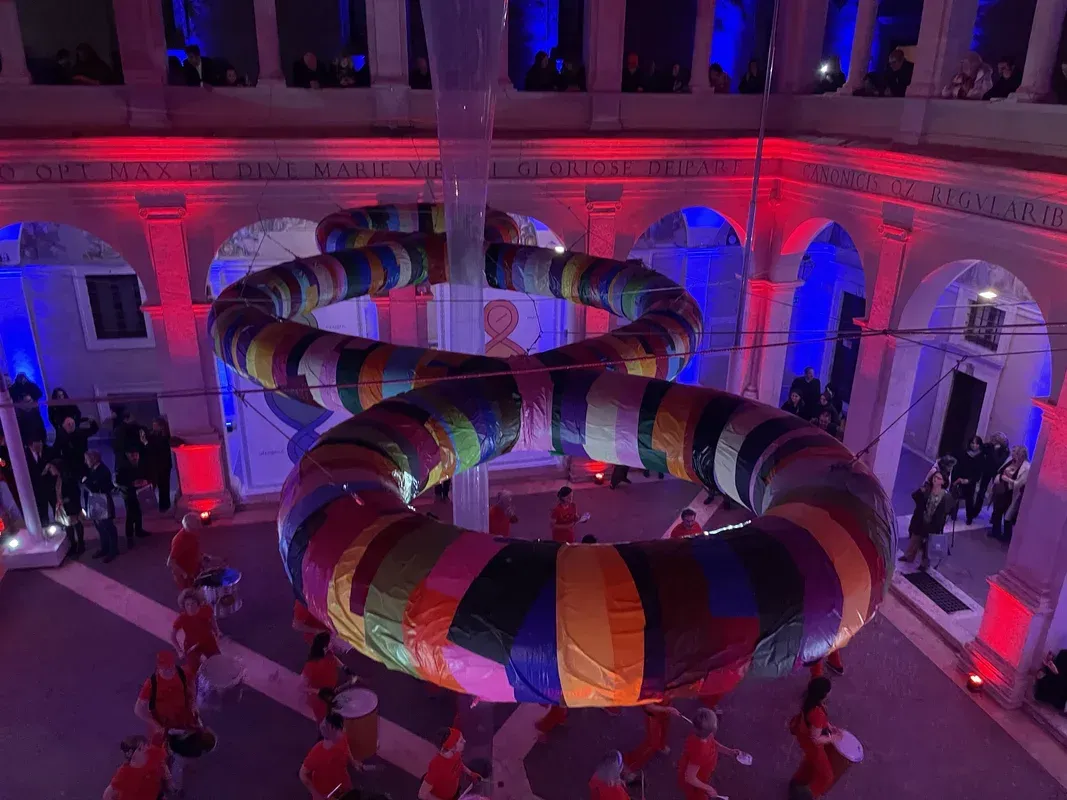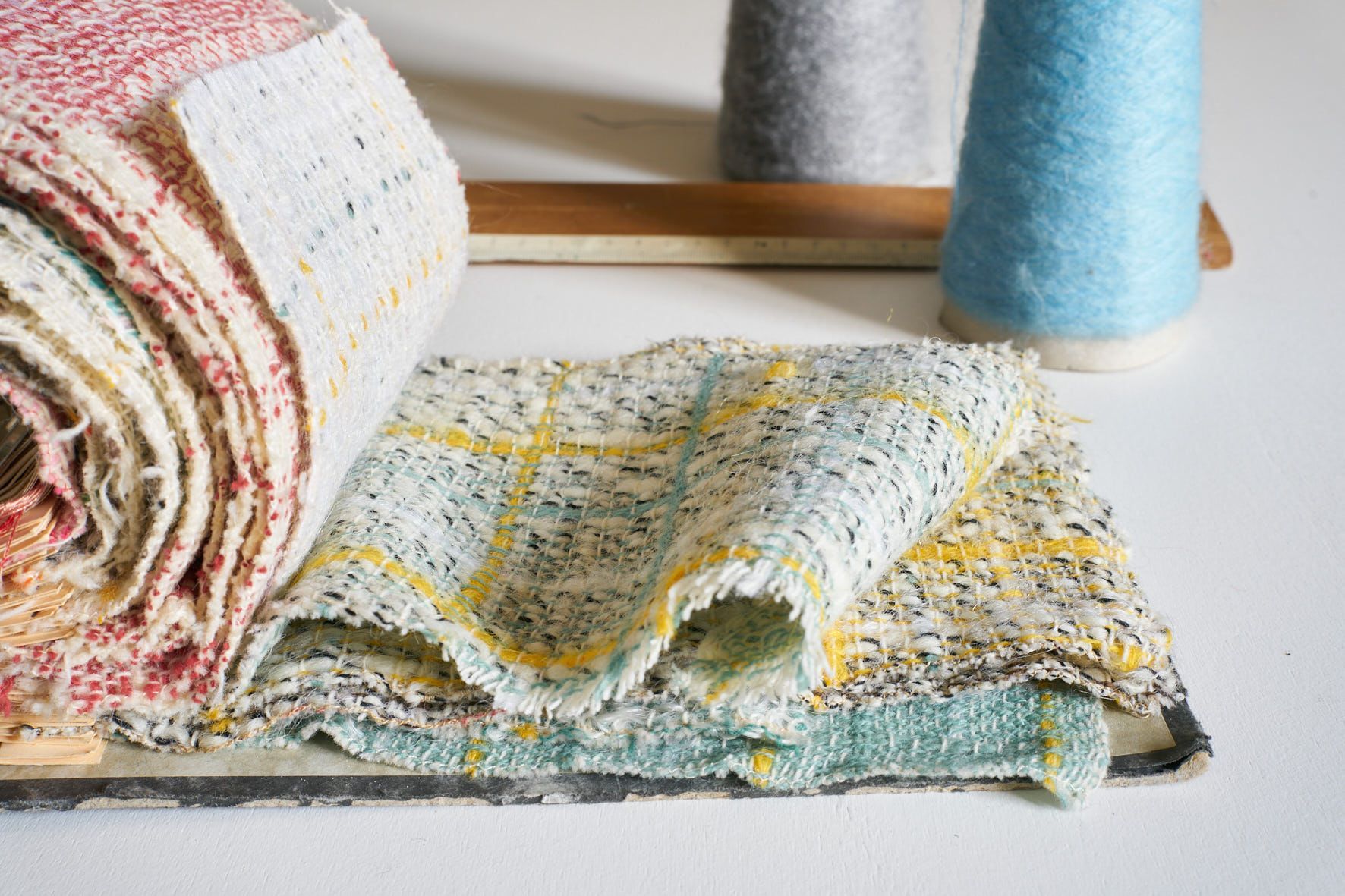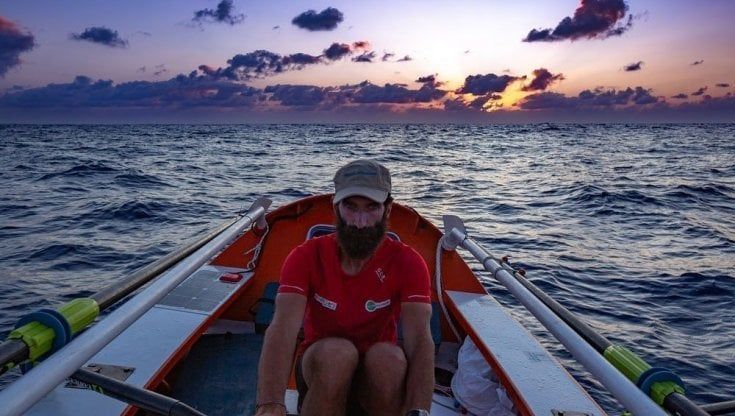Slow Stone. Tommasi Pietre
Slow stonetone
with Samuele Tommasi
Nuovo paragrafo
"Slow stone, it is a concept that is well suited to the approach that we adopt in the Tommasi laboratory in valorising Prun stone, applying hand-crafted".
Samuele Tommasi
Nuovo paragrafo
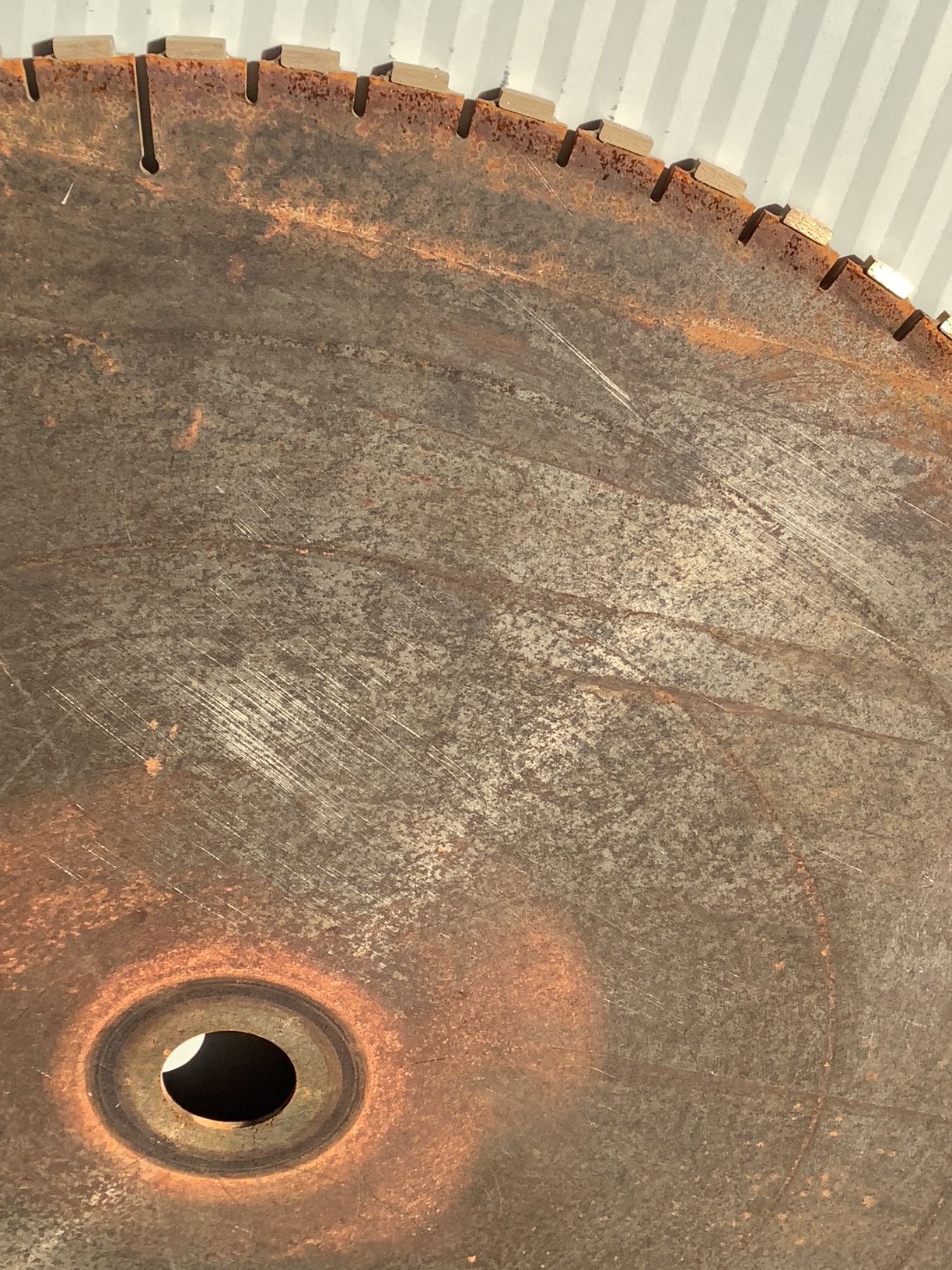
A third generation project, in an integrated process: from the quarry to the laboratory
The identity of the Prun stone, achievements made in Italy
Tommasi Pietre is a project born over 50 years ago, from a visionary yet courageous idea of working with a stone that is the heritage of a territory and a natural resource. With Samuele Tommasi, second generation, the work starts from the extraction of the stone in the owned quarry, and continues through all the processing phases, developed internally and which today sees a near future also with the participation of the third generation. A process that starts from the extraction of the stone directly from the quarry, slabs in dimensions suitable for different uses and for different processes, are cut from above, using a technique characteristic of this territory, Lessinia, which develops between Veneto and Trentino South Tyrol.
In the extraction phase as in the subsequent processing phases, low impact methods are applied, in a circular process perspective, such that the excess material extracted is preserved and repositioned inside the quarry, once it has been exhausted. The result leads to medium and long term maintenance of the landscape, also guaranteeing porosity and drainability of the soil. Vegetation is reborn in the short and medium term, recovering biodiversity. An integrated laboratory, in the perfect conception of Km0, also in this case with a notable reduction in emissions due to transport. From traditional knowledge, tools and manual skills find space again, in a time dilated compared to the surrounding context, capable of giving a unique materiality to the workmanship and to the stone itself. An ancient heritage, which is renewed to travel new paths, an important resource in the district harvest of this material typical of these places.
"A STONE, HERITAGE OF A TERRITORY"
PIETRA DI PRUN - LESSINIA.
Tommasi Pietre was created to give value to a stone, the language of a territory, residential buildings and ancient techniques, in a context where the use of stone is part of diversified and "timeless" uses both in the creation of interiors and exteriors. A balance that has ancient origins and which can be found as characteristics integrated into the landscape of these places. The roofs, the wash houses or the separating walls are substantial details, an integral part of a history that finds voice, as an expression of a territory in their presence, and evokes knowledge and knowledge, an object of study for contemporary projects
Raw Materia, stone
The Lessinia Stone, already known as Prun Stone from the name of the main extraction location, is a calcareous-marly stone which occurs in layers of thickness varying from 2.5 to 35 cm, with reddish, pink and sometimes white-white colours. greyish, separated by clayey layers. There are 72 stratifications of the slab with consequent names and intended uses, designed to enhance their different characteristics. The total thickness is approximately 7 to 8 meters. The most prized is located on Monte Loffa, near Sant'Anna d'Alfaedo. It belongs to the Scaglia Rossa Formation and is made up of pelagic sediments that were deposited during the Cretaceous period. The Lessinia stone is exploited for the production of slabs, which are locally called the astame. It is present throughout Lessinia and is slightly different from site to site, in terms of number and type of layers. Currently, the quarries (preare in local language) are open-air, while in the past there were underground quarries especially in the Prun and Torbe areas (see Prun quarries) Lessinia is an area belonging to the Venetian Prealps and extends for the majority of its territory within the province of Verona and subsequently into the provinces of Trento and Vicenza. It is precisely here that, more than 60 million years ago, the 72 layers of sedimentary rock that today we call Pietra di Prun or Pietra della Lessinia were formed, very rich in fossils, and was studied by the paleontologist Louis Agassiz; the Paleontological and Prehistoric Museum of Sant'Anna d'Alfaedo exhibits the most significant specimens: sharks, sea urchins, ammonites, turtles, and marine reptiles. A local historical use and a non-local use can be distinguished. Local use dates back to history and prehistory. The houses in the region where this stone emerges were once built of stone and wood. Some of the layers derive their name from this use. Some examples: the Laste da coèrti were intended for roofs, supported by natural beams made from conifer trunks and the buckets were obtained from the layers called seciaròn. The houses were mainly multi-storey, a kitchen on the ground with slabs as a floor, a more or less elaborate f ireplace made with thick stones, the external part entirely in stone and the interiors on the upper floors in wood. Often the boundaries between properties were delimited by sheets of small or medium thickness. Mainly in Verona and in almost all the cities of the Po Valley, as well as for construction, the Lessinia Stone is used for paving pavements or for areas intended for pedestrian traffic. Since the Middle Ages it was transported by land to the Adige, where, in specialized ports, it continued along waterways. It is known internationally.
Contemporary design and conservative architecture
Tommasi Pietre was born from a vision of dual use of Prun Stone:
1. a contemporary use, with essential lines for poses and objects that fit into current design contexts, giving strength and materiality to a project or an interior context.
2. a specific use in the field of conservative restoration, for which the recovery of historical contexts requires materials and manual techniques capable of this action. For this reason, the best result is paradoxically when the subsequent intervention is not noticed.
The use of this stone, of natural origin and without subsequent manipulation, the use of waste material for the recovery of the landscape, combined with manual or low impact processing techniques, give this building and design solution a strong direction in bio-architecture perspective, compatibly with the ability to respect coherent methods and characteristics.
Slow stone
with Tommasi Pietre
Samuele Tommasi
Art & Prun stone
Explorations, matter as a basis for research and a space for artistic expression.
A recent project and collaboration.
An artistic language. Heart of Earth • sculpting the mountain,
from an idea of Matteo Passaretta to bring a cosmological research of the artist Federico Ferrarini
into the heart of the mountain, Pietra di Prun
with quarry master Samuele Tommasi.
